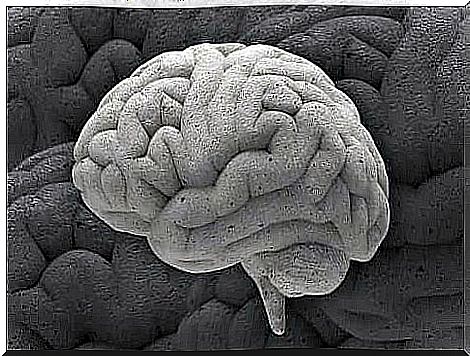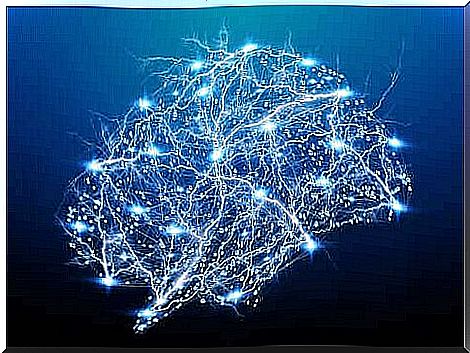Three Fascinating Neuroscientific Cases

The most interesting thing about neuroscientific cases is that they often lead to previously unknown knowledge about the brain. Sometimes a disease or symptom gives hints that can increase our understanding of the human brain.
Many of these neuroscientific cases are noticeable due to the patient’s unique symptoms. The lives of people affected by these unusual disorders are often strange and fascinating. The true value to take with you, however, is to be able to observe the human brain function in a way we have never seen before.
The world of science considers neurologist Oliver Sacks to be one of the most important teachers of our time. Although his narrative style and the extraordinary stories he tells about patients sometimes feel like science fiction, they could not have been more real. Today we will share three of these fascinating cases.

Three interesting neuroscientific cases
1. Remembrance
This is one of the most fascinating cases. The patient was a woman in her eighties who had a unique experience in 1979. She had good health and had fully functional mental abilities. However, she had some hearing problems.
One night she dreamed of her childhood in Ireland. In the dream she heard music from the past, the traditional songs and typical dances. When she woke up, the music was still in her head. She thought there was a radio on or that someone was playing it, even though no one was there. She could hear all the music notes perfectly, at such a high volume that it distracted her from other things.
Before the doctors could take a scan of the brain, the music began to disappear. It had been playing in her head for months. It seemed to point to a problem in the forehead associated with feelings of nostalgia. This case suggests that certain places in the brain store all the experiences in your past, as if they are perpetual files.
2. Interesting neuroscience cases: Madeline
Madeline was a 60-year-old woman with congenital blindness. This means that she was born blind and had never seen anything with her own eyes. She also had cerebral palsy and suffered from involuntary hand movements. With all these disorders, you would expect her to have severe cognitive impairment, but Madeline was a very intelligent woman.
Those around her read to her constantly. As a result, she was cultured and a great conversation partner. She never learned to read Braille, because according to herself, her hands were “useless, godforsaken lumps of dough.” She said they did not even feel part of her body.
Despite what she thought, Madeline’s hands were virtually normal. For some reason, they did not move properly. Oliver Sacks had a theory that because her family did absolutely everything, she lost the use of her limbs. Thus , she began a rehabilitation program. At the end of the treatment, Madeline actually became a sculptor.

The man who fell out of bed
This neuroscience case is about a strange disorder called autotopagnosia, which is characterized by an inability to recognize your own body parts. A young man in the hospital had a very strange experience. He saw a leg on the bed that he said did not belong to him, so he picked it up and lifted it out of the bed. When he did, he fell out himself.
The young man was terrified of this experience. For some reason he thought that his leg was amputated from his body and that the leg on the bed could not possibly be his. The leg scared him. Medical professionals interviewed him, and since he could not tell anyone where his real bone was, he began to beat himself and try to get rid of the foreign limb.
Unfortunately, this case of false identity has not been solved. Although there are many similar cases in the books, no one knows about the cause of the problem or how to help people with this disorder.









